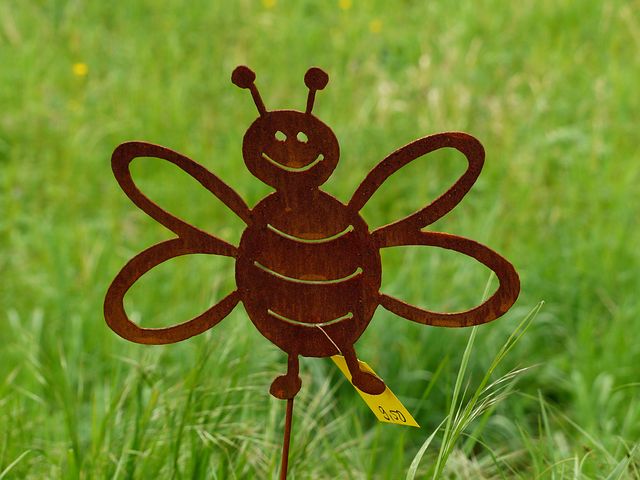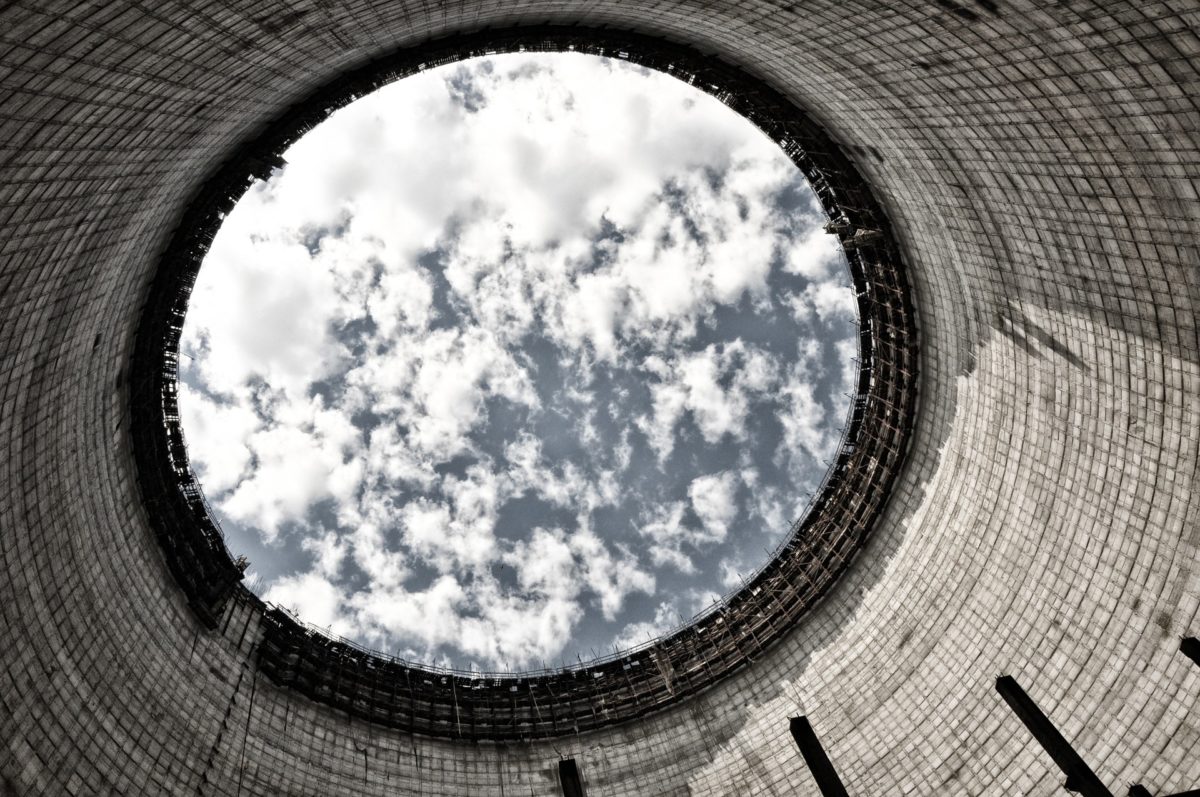“If the bee disappeared off the surface of the globe then man would only have four years of life left.”
This well-known quotation, attributed – most probably incorrectly – to Albert Einstein, paints a dire vision for our future. Since at least some of the crops we consume are wind pollinated, mass extinction of the human race is not likely even if bees disappeared entirely; however, it would definitely result in wide-scale starvation on a scale never seen before. So the threat is real as bees play a huge role in pollinating plants. In this blog entry, we will look at the causes for the decline in bee populations and what you can do against it.
One of the main culprits for the decline of the bee population – and the insect population in general – is the excessive and intensive agricultural techniques that irreversibly transform the natural habitat. The introduction of monocultures and non-native species destroy the natural harmony of an area, while the uncontrolled and untenable use of pesticides places a heavy chemical burden on flora and fauna. This is aggravated by the effects of climate change: new parasites appear and decimate the native population, while the environmental impact can even affect the orientation sense and rhythm of life of bees.
There are, however, some simple steps you can take in order to save bees. One of the most obvious solutions is to plant small gardens. While the best option would be to plant flowers and trees together, even a small strip of land or a flower box on your balcony will do. You just have to remember a couple of things: at least part of your garden should be in bloom from early spring to late autumn; choose simple herbs and flowers instead of highly cultivated ones; and plant flowers in patches so that bees can focus on one flower type at a time. You can add a small bee bath to your garden as well – just put some pebbles and stones in a shallow bowl and pour some water around it so they will have access to drinking water and a resting place. If you find it necessary to use pesticides, always use them carefully, following the instructions on the package to minimise their negative effects. You should leave a small area undisturbed in your garden where bees can take up residence: while we mostly associate bees with honeybees which live in hives, there are many bee species which lead a solitary life. You can also buy or make “bee condos” for the same reason. And, finally, as with any social or environmental issue, you can become an advocate. Support local beekeepers, support programmes focusing on tree planting and gardening, and be more aware of your environment and how you inhabit it.
While we are still not in a position to assess the long-lasting effects of climate change and over-industrialisation, the worst-case scenario for a dramatic decline in the bee population is quite straightforward: the lack of pollination would result in worldwide starvation with a catastrophic impact on the planet’s ecosystem. So it is increasingly important to take measures against this outcome and, as the few tips listed above show, it does not take much to actively safeguard the bee population.
Written by Zsolt Beke




